We are proud to offer the highest quality Terminal Cables delivering maximum support where and when you need it!
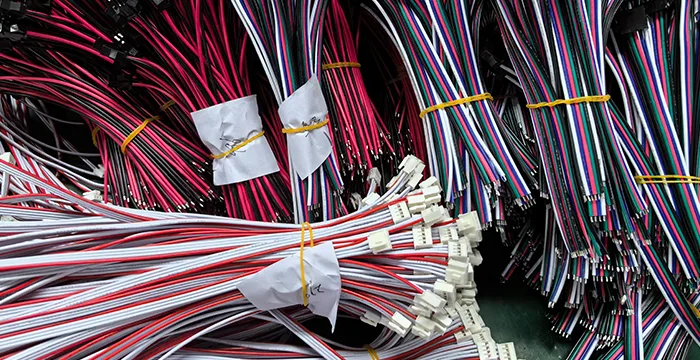






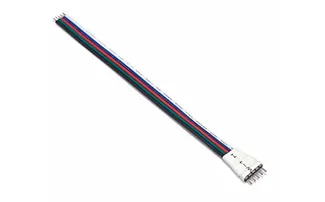
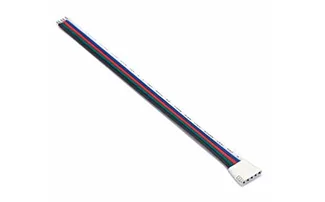
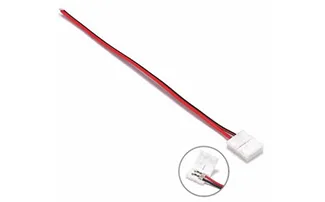
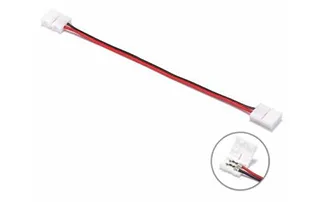
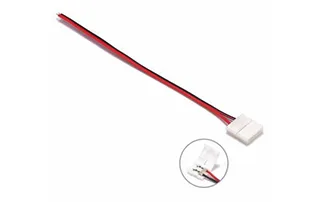
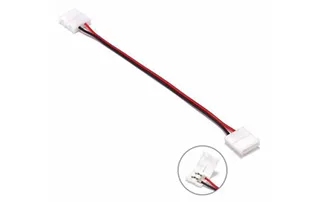
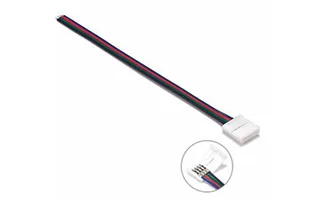
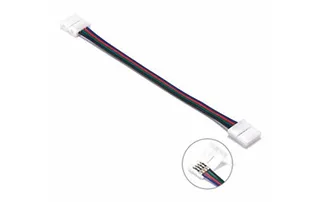
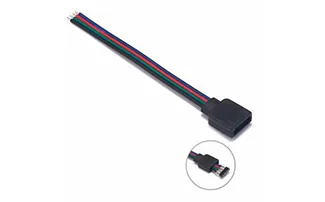
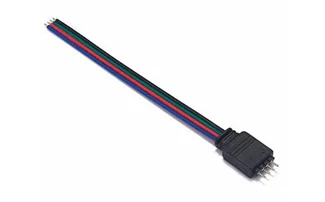
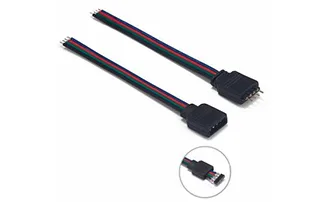
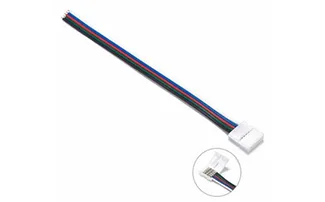
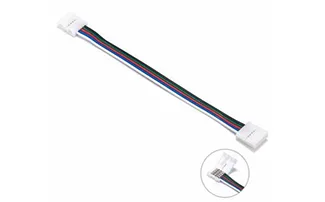
| Terminal Cables ltem Name | Cable Harness Values |
|---|---|
| Terminal Cables Color | White, Red, Black, Green, Blue, Yellow, etc. (Support Customization) |
| Terminal Cables Gauge | 0.2mm²x2, 0.3mm²x2, 0.5mm²x4 (Support Customization) |
| Terminal Cables Pins | 2-10 Pins |
| Cable Length | (0-10m)Support Customization |
| Waterproof Rate | IP67 |
| Cable Outside Diameter | 4mm, 6mm (Support Customization) |
| Conductor Material | Copper, Tinned copper |
| Insulation Material | PVC |
| Max current | 0-12A(Based on customer's needs) |
| Rated Temperature | -40-80°C |
| Male Cable Length | 15CM,30CM,60CM,100CM(Support Customization) |
| Female Cable Length | 15CM,30CM,60CM,(Support Customization) |
| Certification | Rohs |
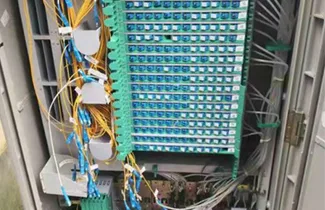
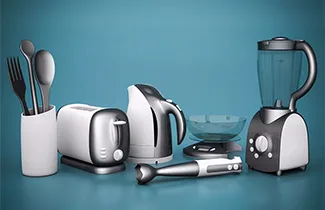
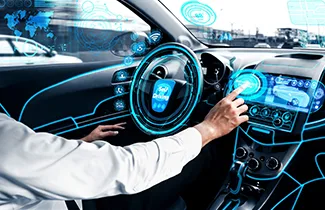
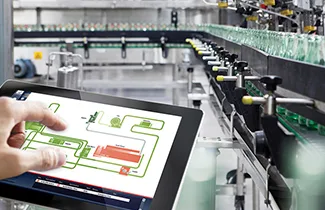
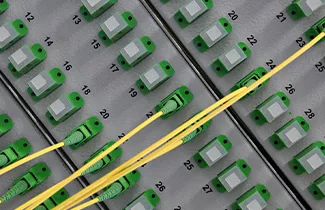
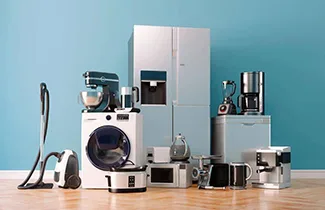
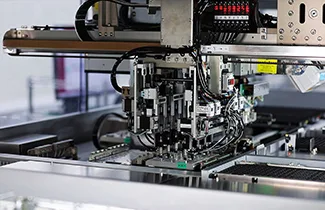
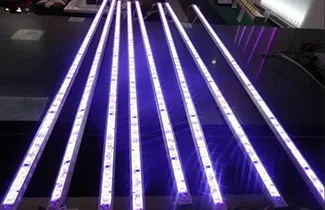
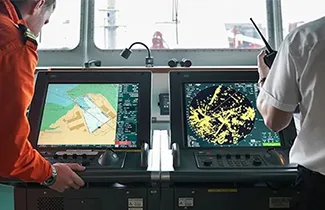
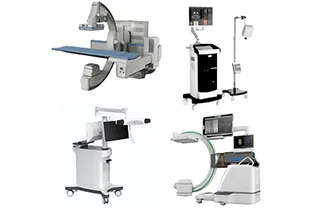
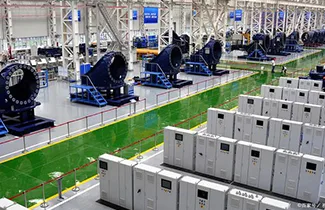
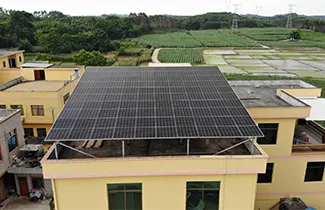
Electrical systems are rendered much more reliable by terminal wire harnesses in which multiple wires are combined into a single unit that is also highly resistant to misconnections or disconnections. Containing wires within their protective sheath, harnesses prevent physical damage from vibration, abrasion, and impact. Further, the harness applies particular connectors and terminals to ensure that the connections are secure and stable-something so vital for the integrity of the electrical system.
Industry standards such as International Organization for Standardization, Underwriters Laboratories, and the Society of Automotive Engineers have standards that one can order materials for design, test, and safety of terminal wire harnesses. Complying with this, one should select the wire harness that meets the set standards since this shall be indicated by the manufacturer. Equally important, it is key to update oneself on such standards regularly since they change with time. Ensure that harness installation is performed according to the stipulated, using certified components and tools for compliance and safety, deriving reliability.
Looking for Affordable Terminal Cables for Your Project?
As a renowned cable harness solution provider giant VOCSON can ensure that your project is leading the industry, Choose us to provide wire harness products, and OEM or ODM services for you.